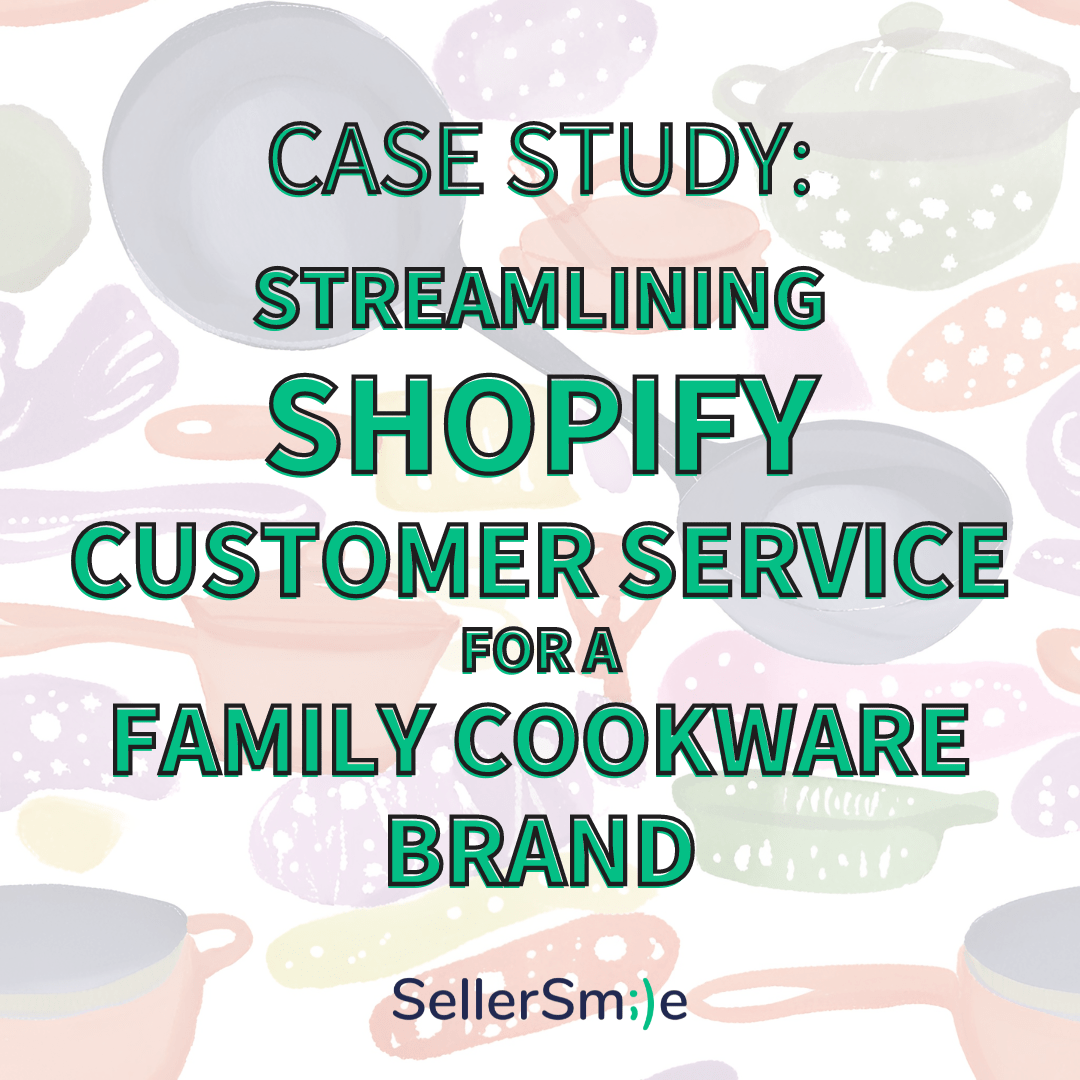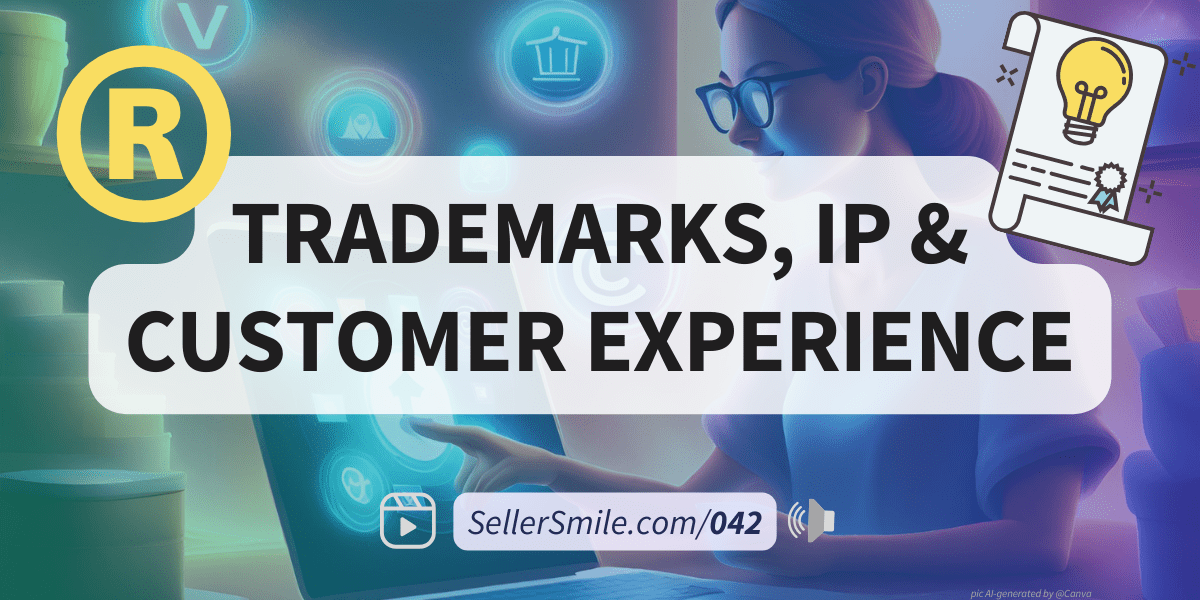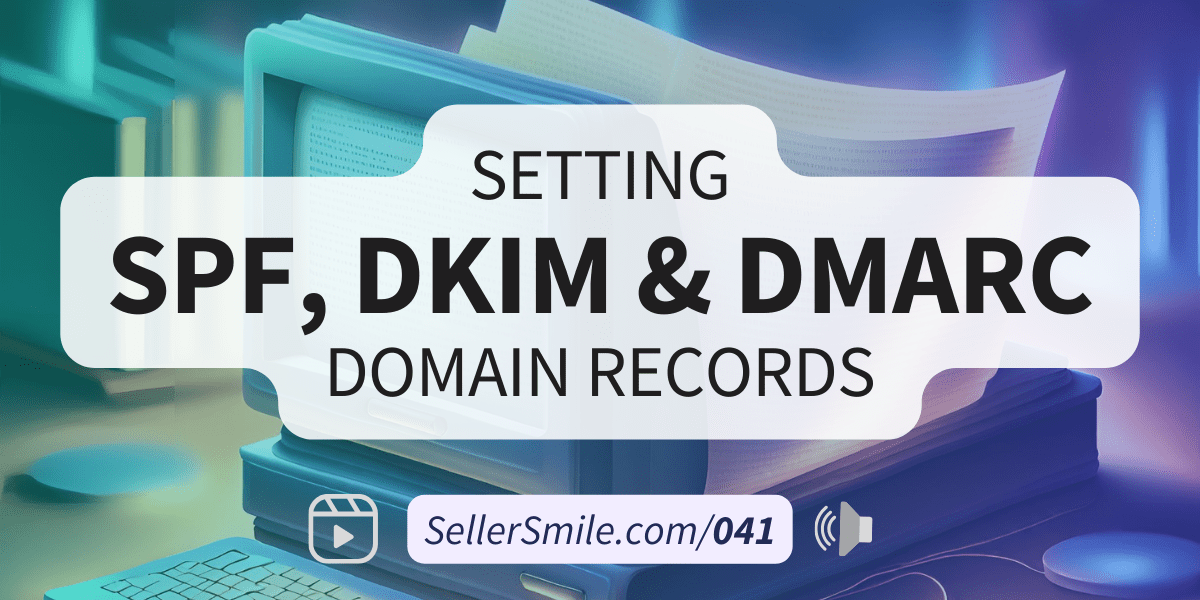It takes only three text records to protect your email domain from bad actors!
Today, we’re delving into the world of email authentication, a critical component of safeguarding your online presence and reputation. In this post, we’ll break down the basics of email authentication, explore the key methods involved, and discuss why it’s essential for businesses, especially those expanding into international online marketplaces.
Listen
Watch
Read
Email authentication technology serves as a vital defense against phishing scams and unauthorized email impersonation. By implementing email authentication protocols, businesses can protect their customers and uphold their brand integrity. At its core, email authentication involves verifying the legitimacy of an email sender and ensuring that emails are delivered securely.
The Key Methods of Email Authentication
SPF (Sender Policy Framework)
SPF is like a bouncer at a party, ensuring that only authorized senders (domains and IP addresses listed in the SPF record) can deliver emails on behalf of your company. It helps prevent spoofing and phishing attempts by specifying which servers are allowed to send emails for your domain.
DKIM (DomainKeys Identified Mail)
DKIM adds an extra layer of security by attaching a digital signature to outgoing emails. This signature, generated using public and private keys, verifies the authenticity of the sender and ensures that the email content remains unchanged in transit.
DMARC (Domain-based Message Authentication, Reporting, and Conformance)
DMARC allows domain owners to specify how email providers should handle messages that fail SPF and DKIM checks. It provides instructions for handling suspicious emails, such as quarantining or rejecting them, thereby reducing the risk of email fraud.
Implementing Email Authentication
To implement email authentication for your domain, you’ll need to create and configure SPF, DKIM, and DMARC records in your DNS settings. These records provide instructions to email servers on how to authenticate and handle incoming emails. While the process may seem daunting, it’s crucial for ensuring the security and deliverability of your emails.
Why Email Authentication Matters
Establishing trust and credibility becomes paramount. Email authentication helps protect your brand reputation by preventing unauthorized use of your domain and ensuring that your emails reach recipients’ inboxes securely. By implementing SPF, DKIM, and DMARC, you demonstrate your commitment to cybersecurity and customer safety, fostering trust among global customers.
Challenge to Action
Now that you understand the importance of email authentication, it’s time to take action. Start by auditing your current email authentication setup and ensure that SPF, DKIM, and DMARC records are correctly configured for your domain. If you’re new to email authentication, consider writing draft records for each method to familiarize yourself with the formatting and requirements.
In our next podcast episode, we’ll explore live examples of email authentication implementation and provide practical tips for optimizing your email security. Stay tuned!
Thank you for joining us on this journey to enhance email security and protect your online reputation. Together, we can create a safer and more trustworthy online environment for businesses and consumers alike.
Links & resources
- “Better Email Security and Deliverability with DKIM, SPF & DMARC Authentication” by SellerSmile
- Try Help Scout for your customer service, the same CRM SellerSmile uses, and get a $50 credit when you sign up through our link at https://helpscout.partnerlinks.io/jftujl9iejkq


